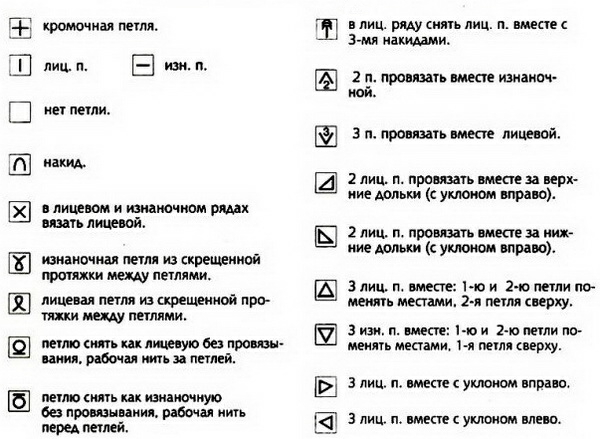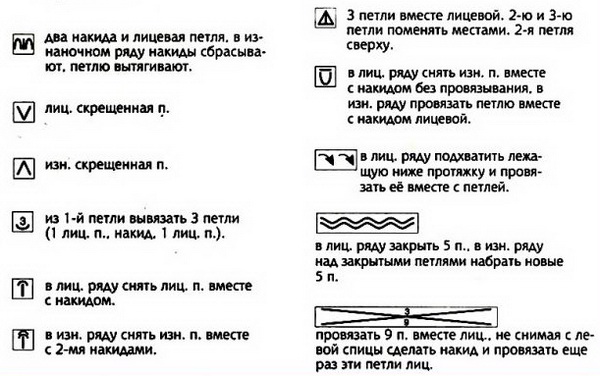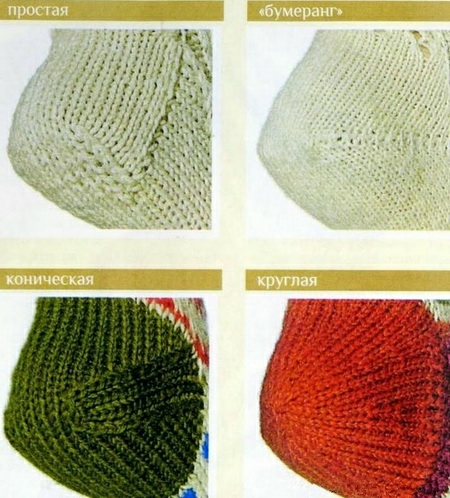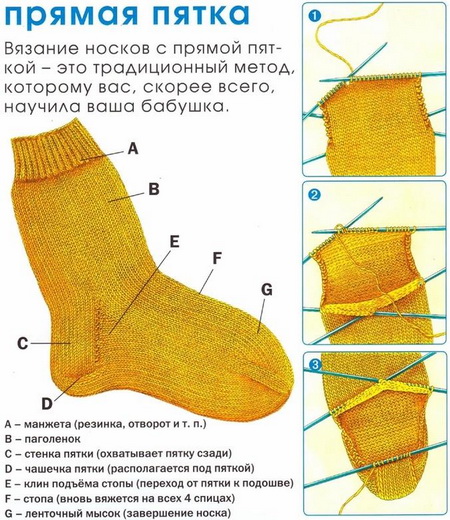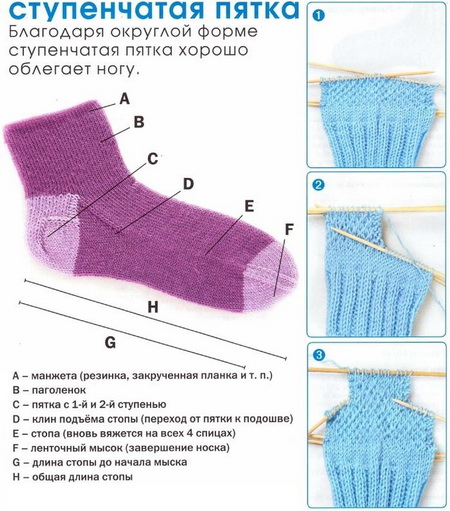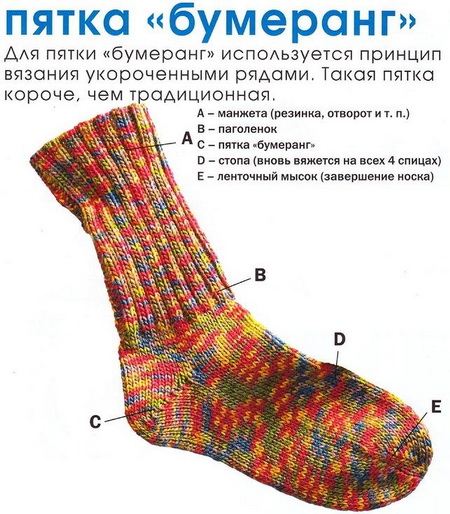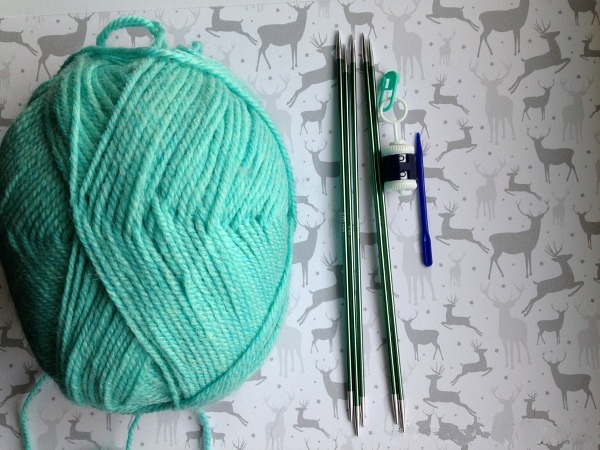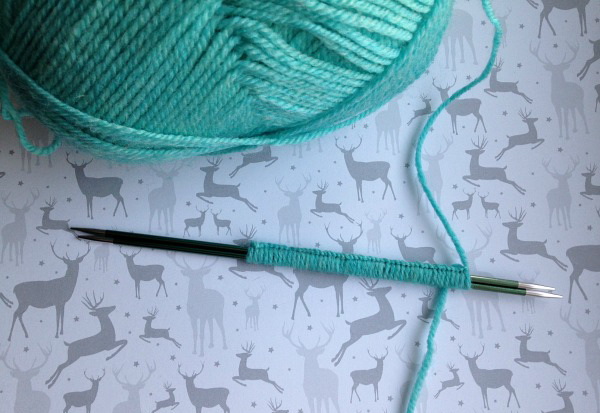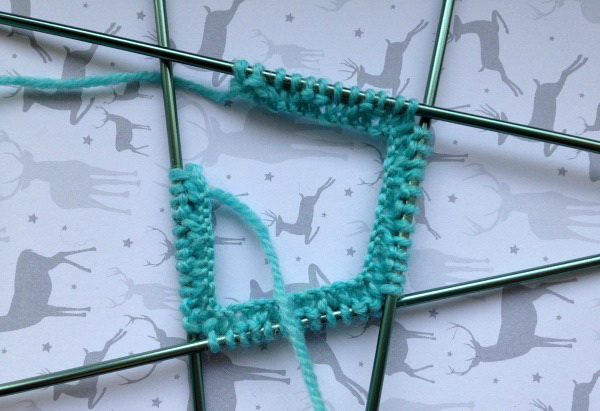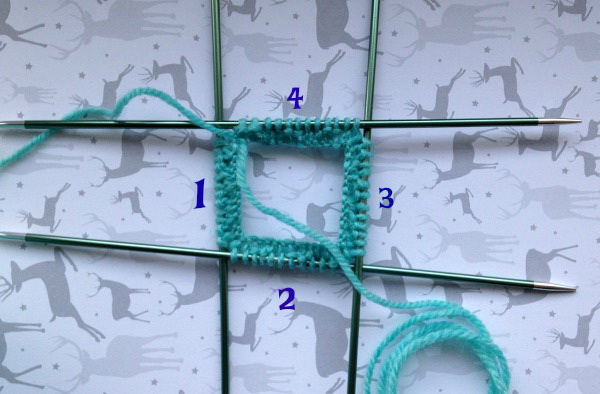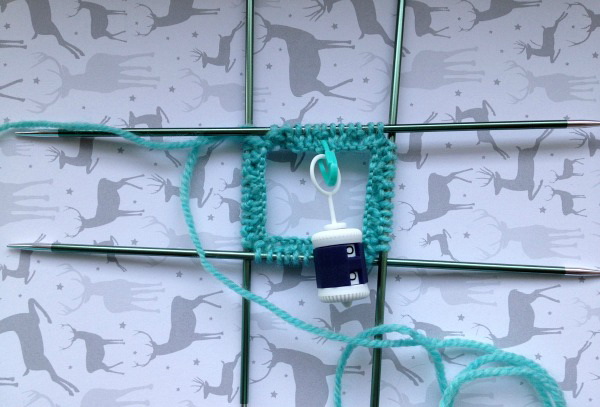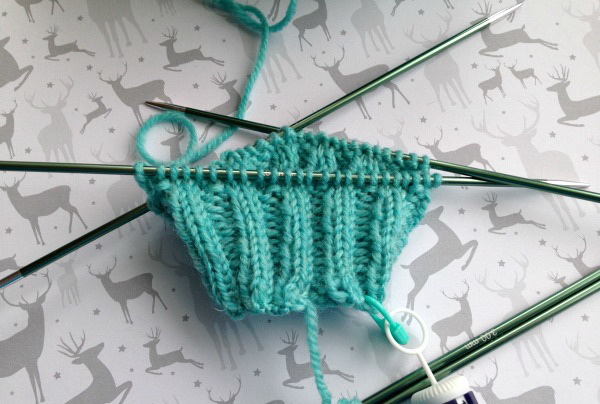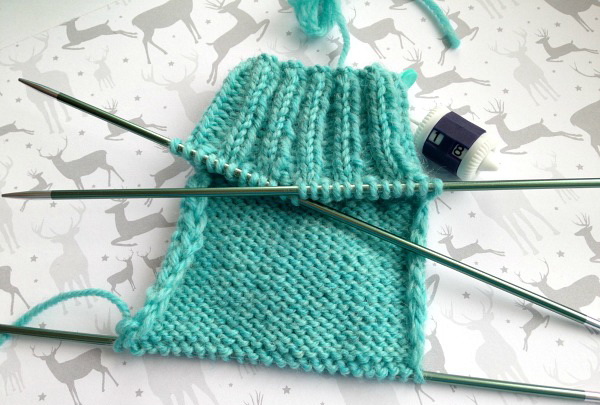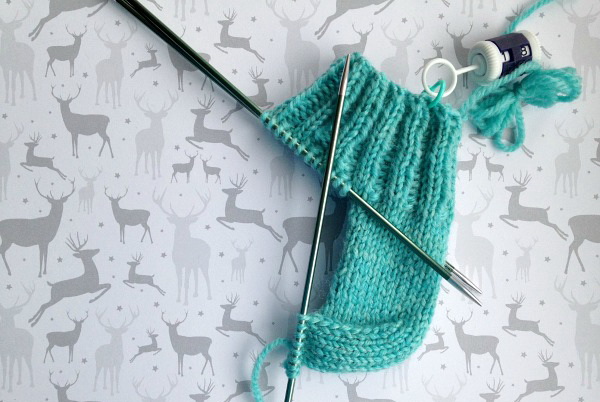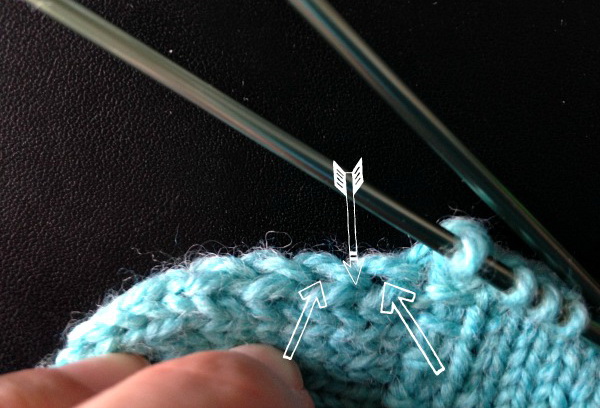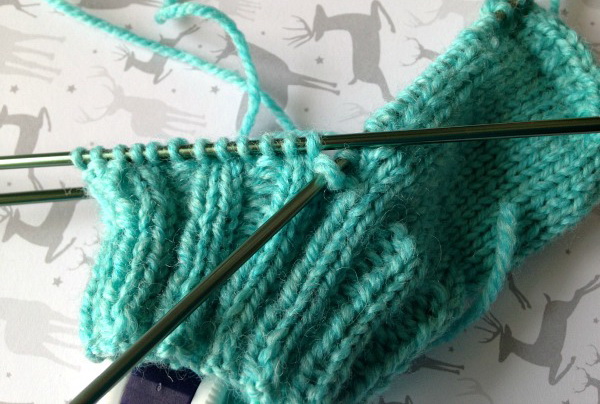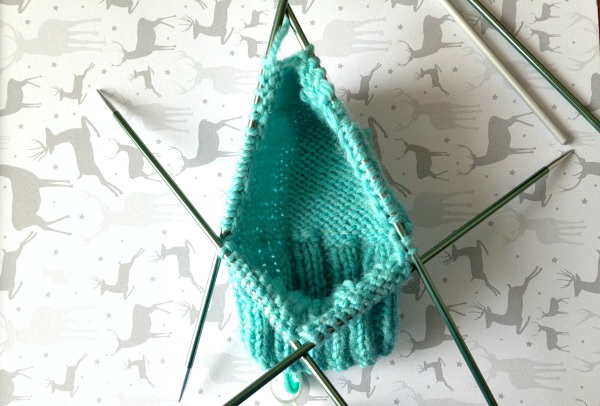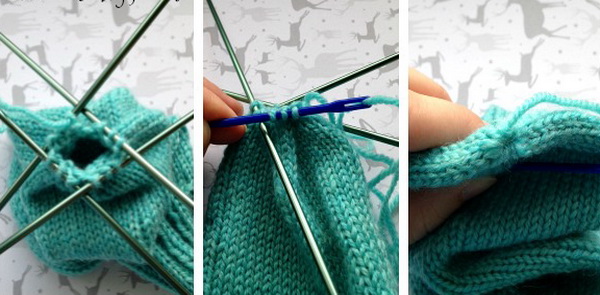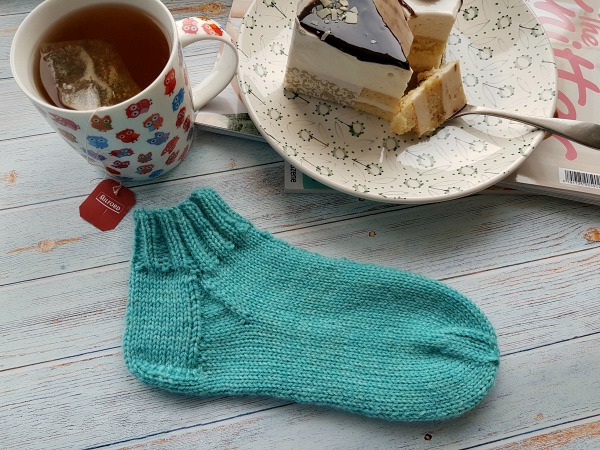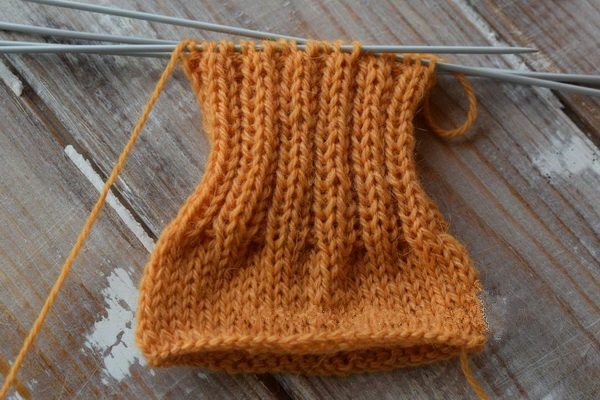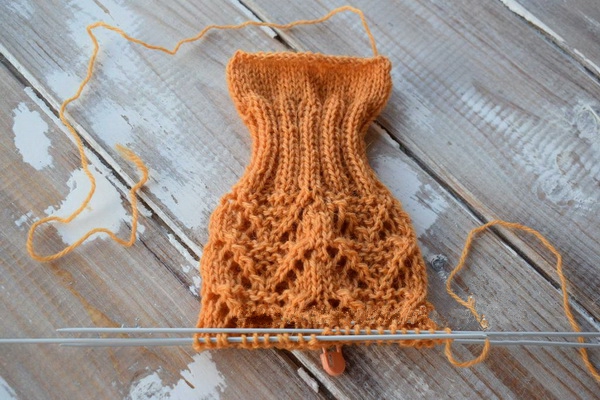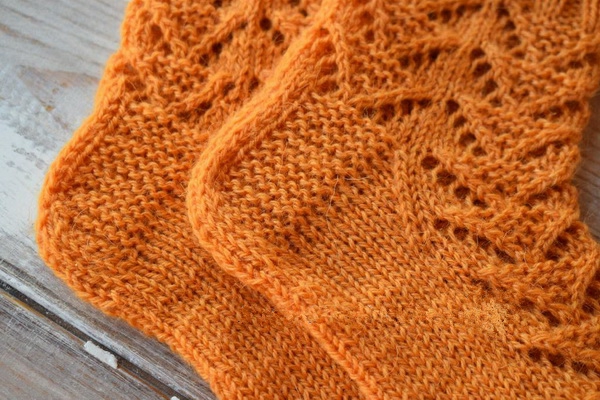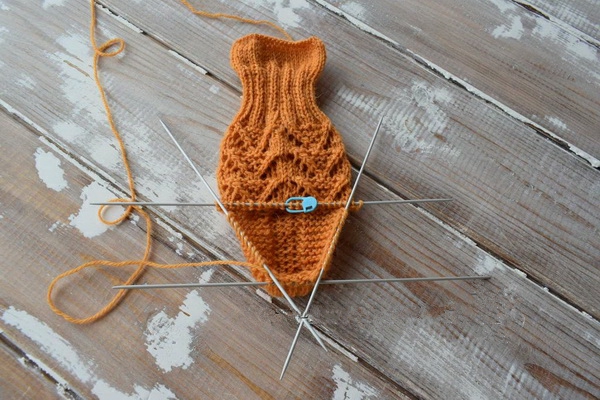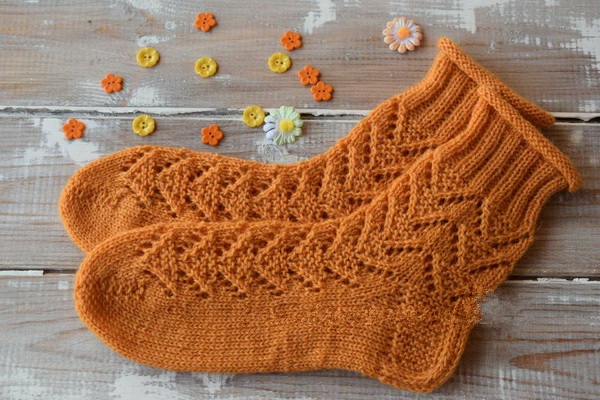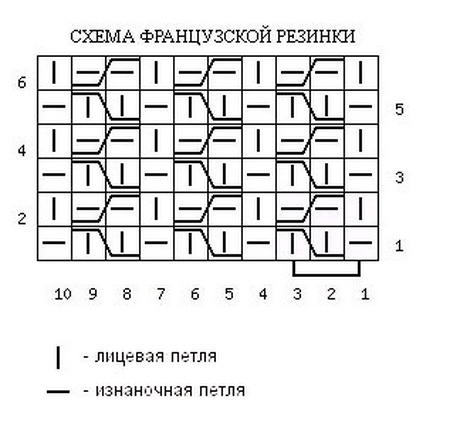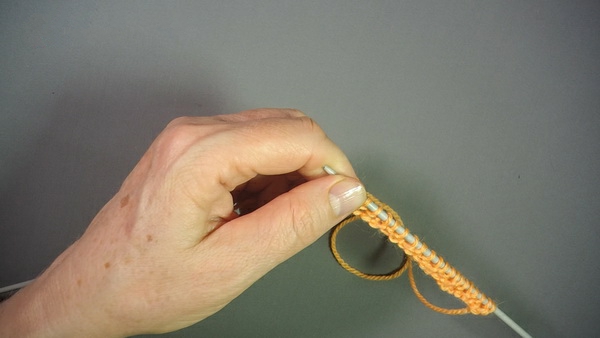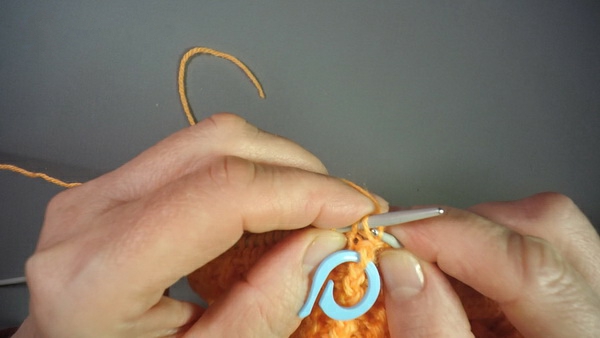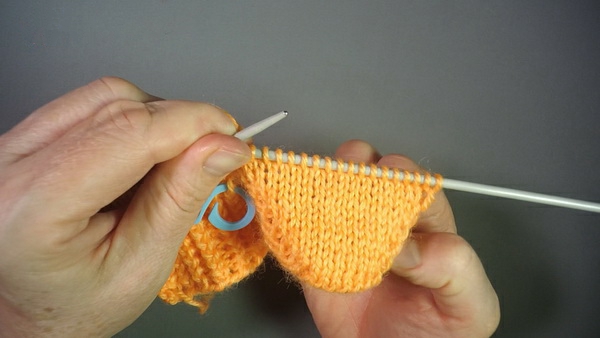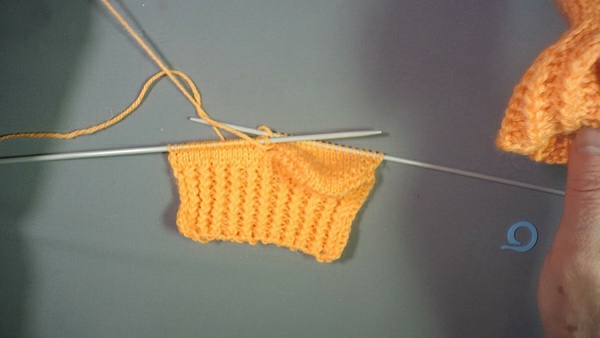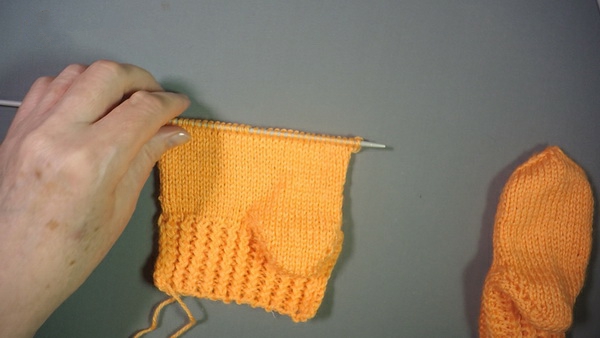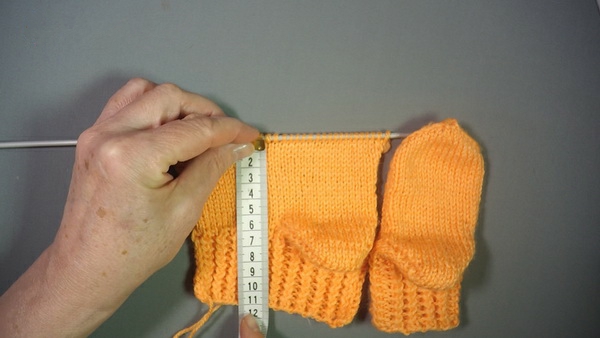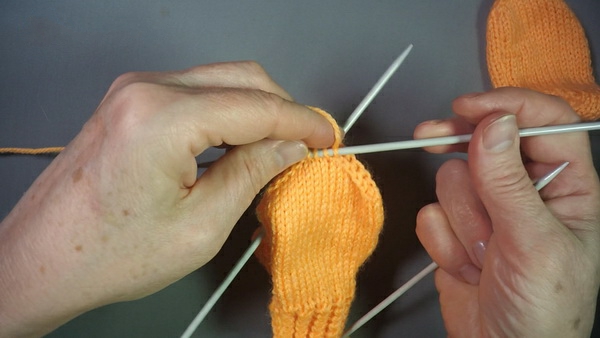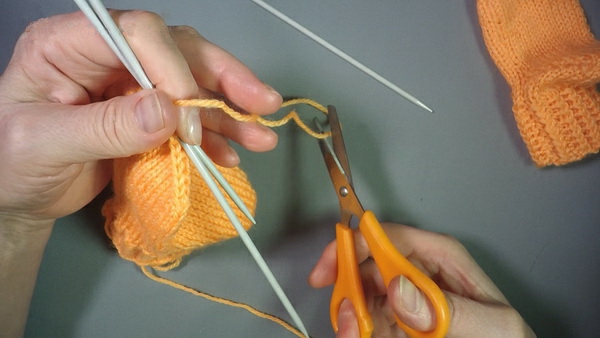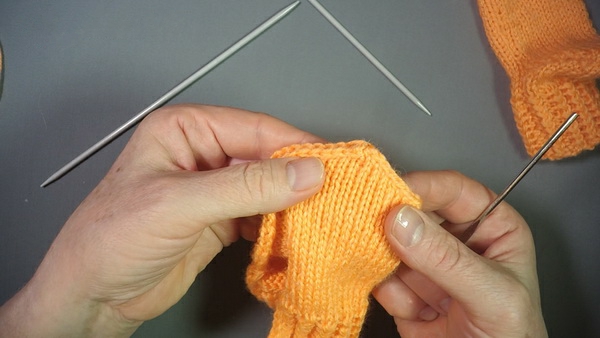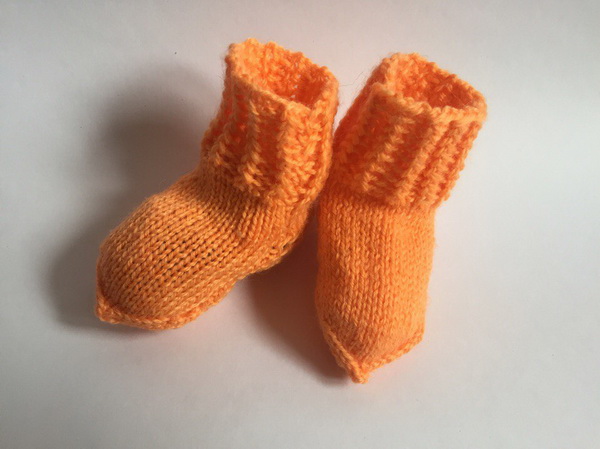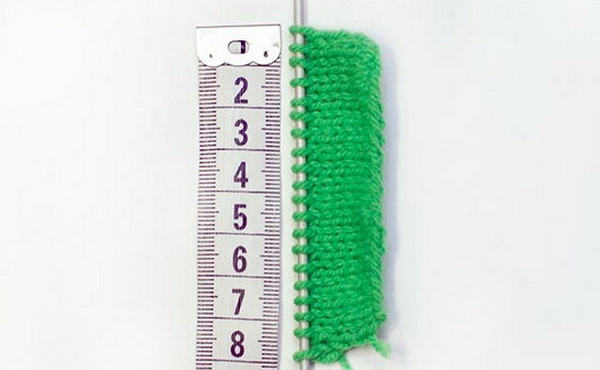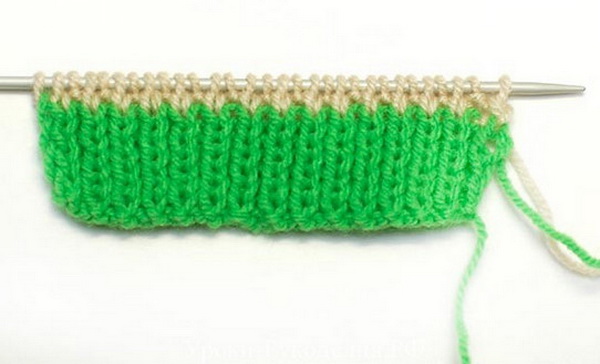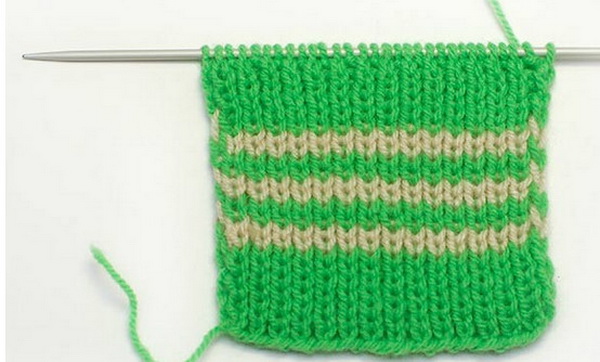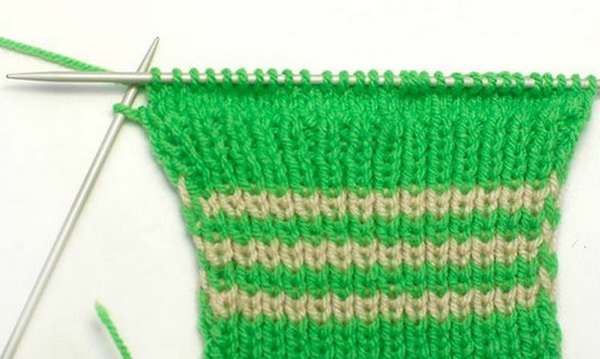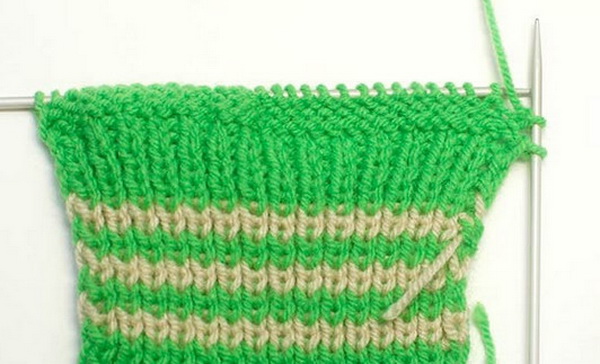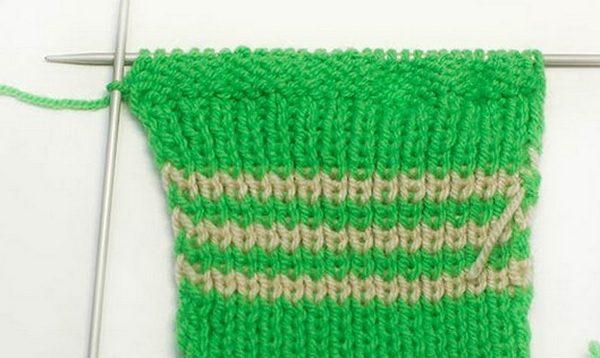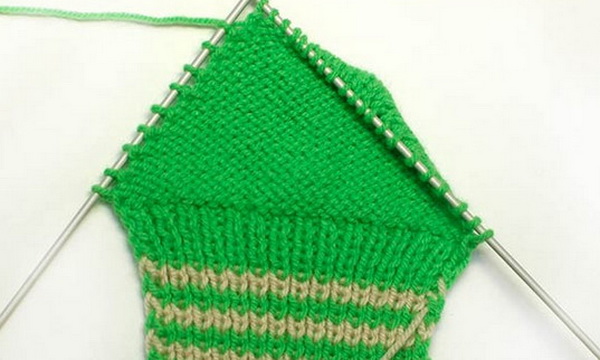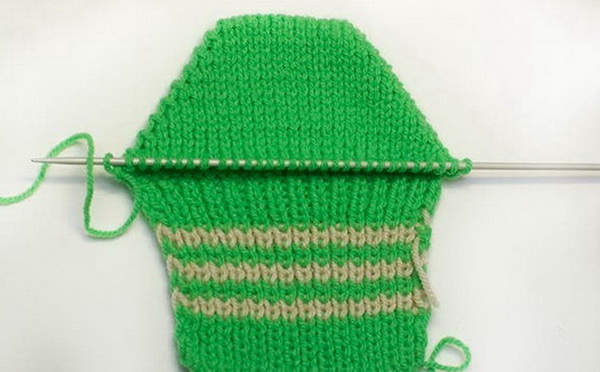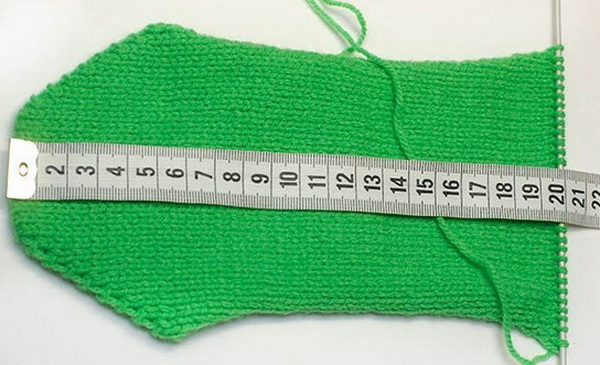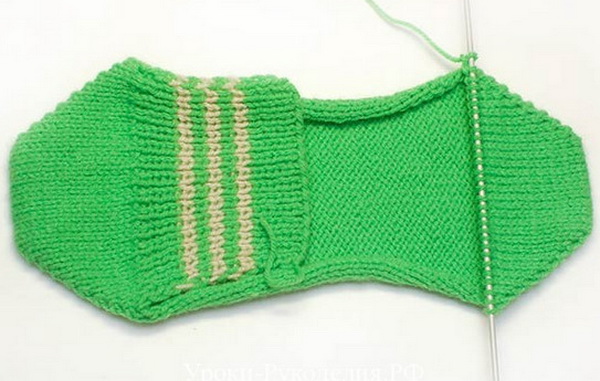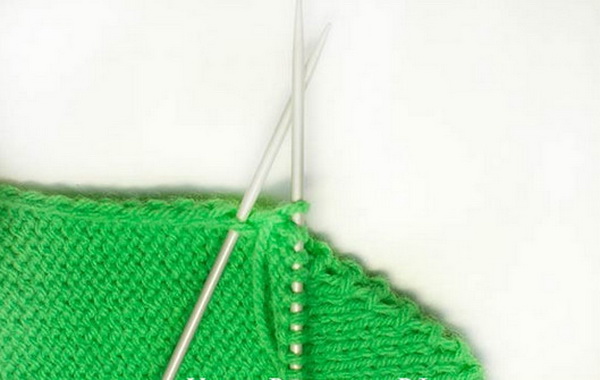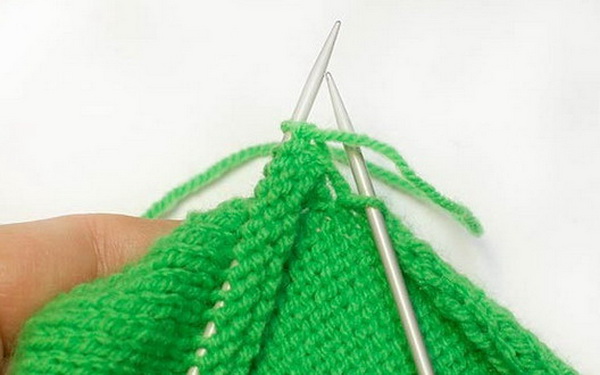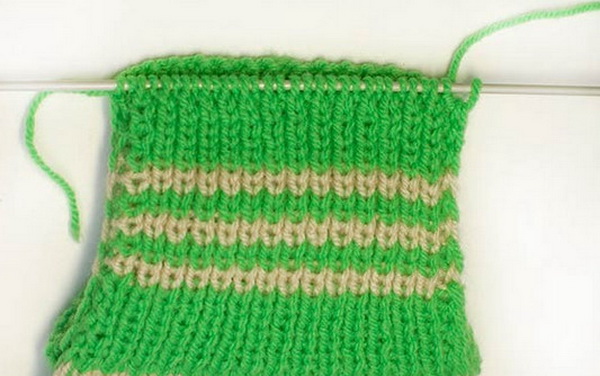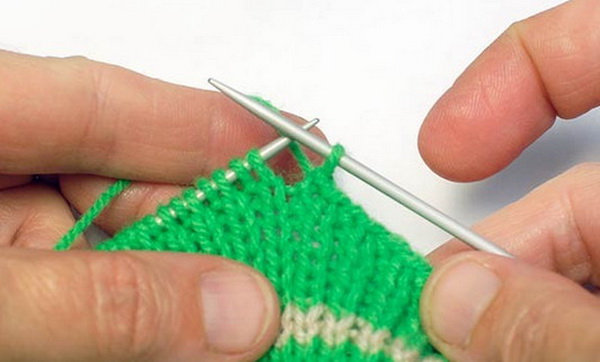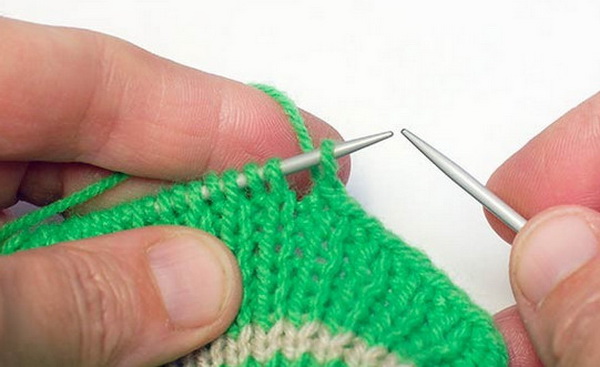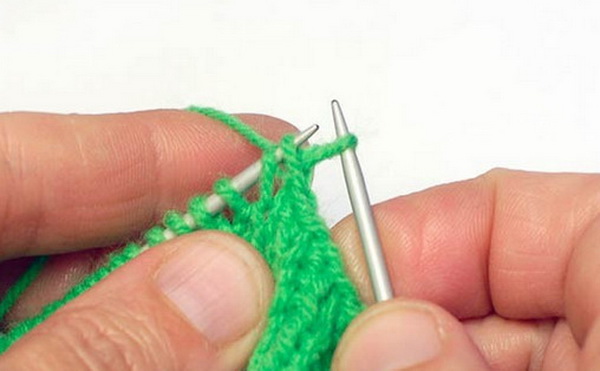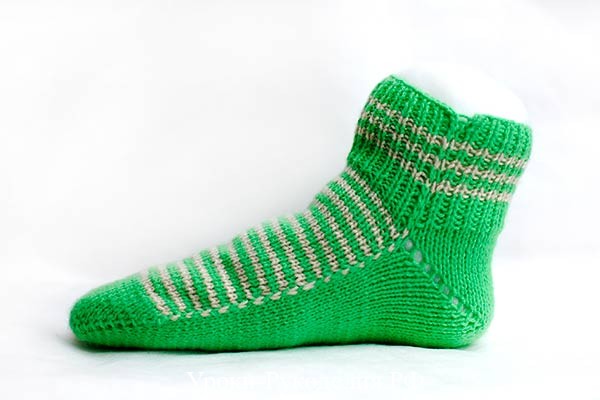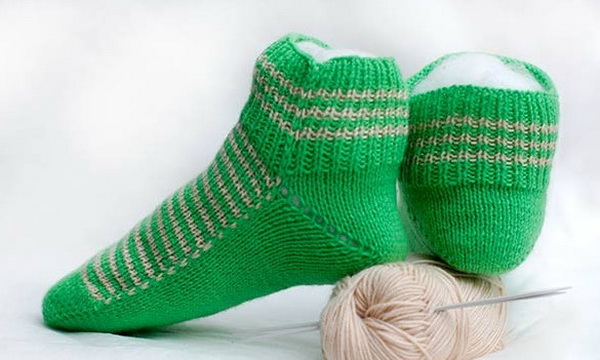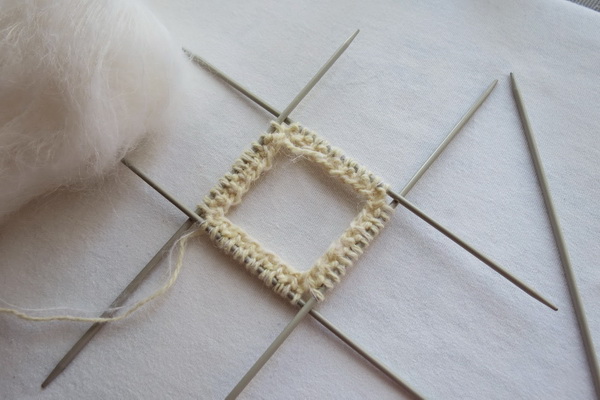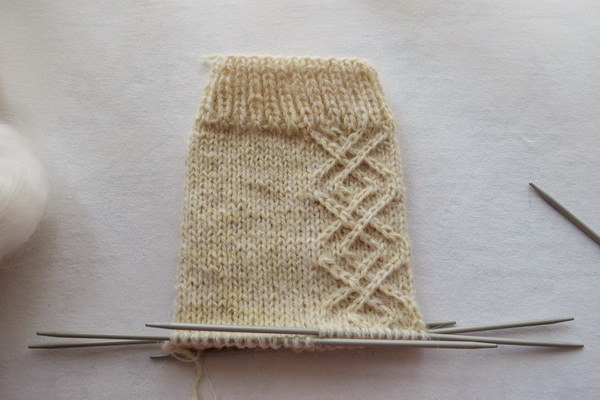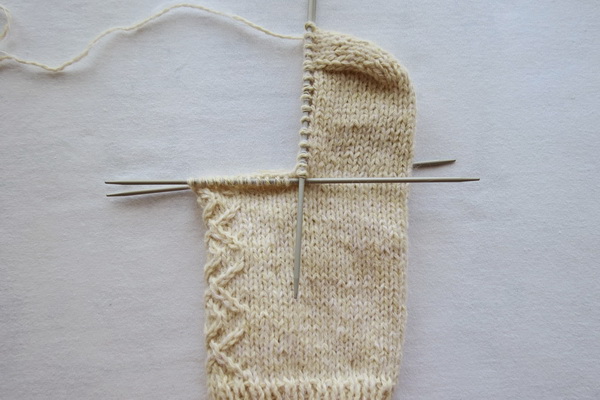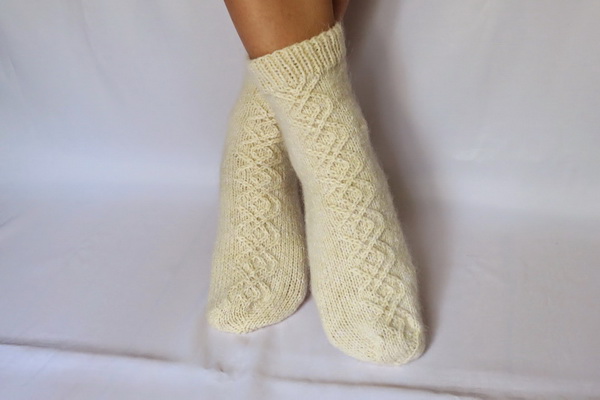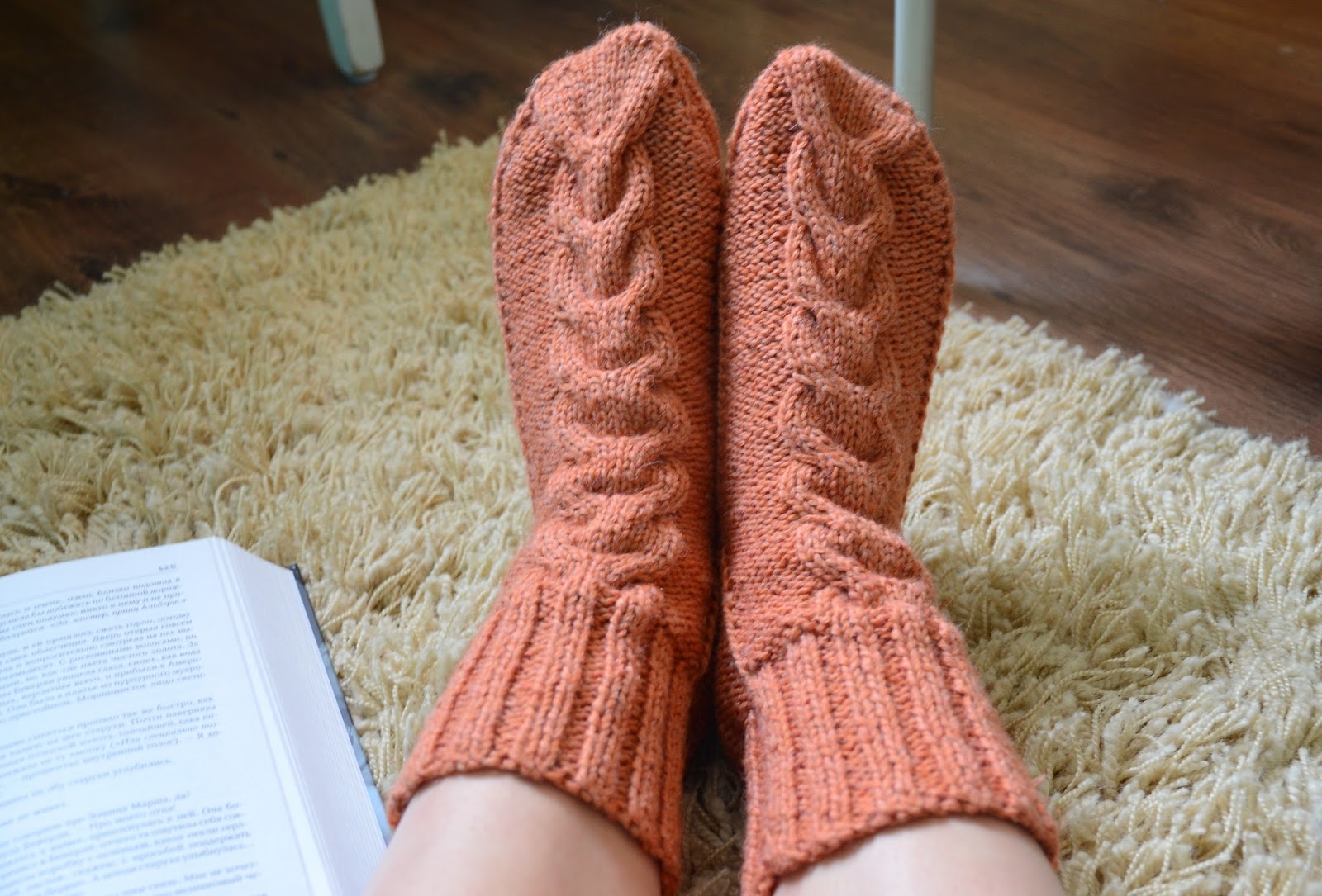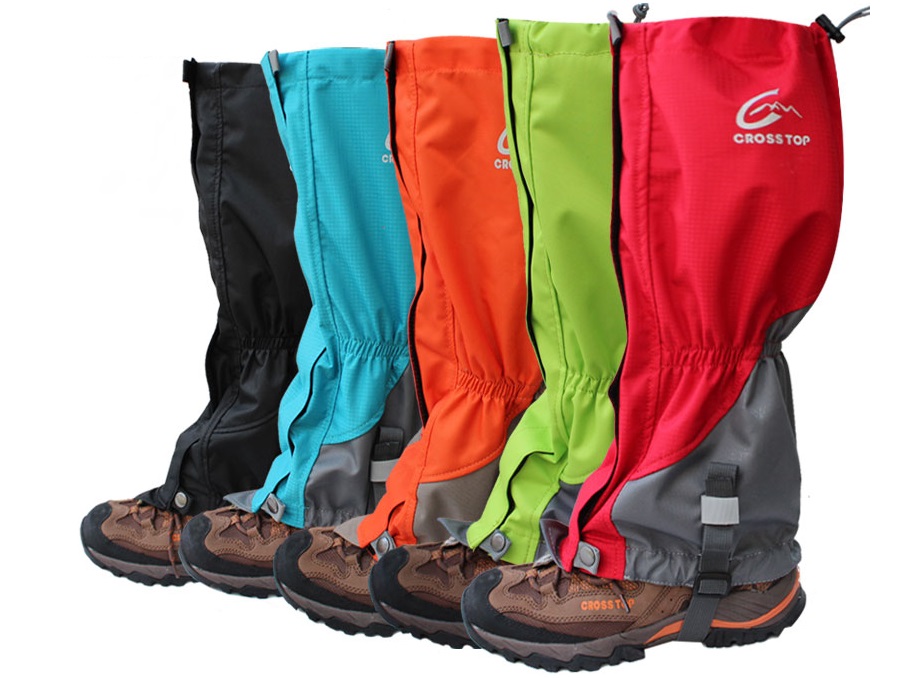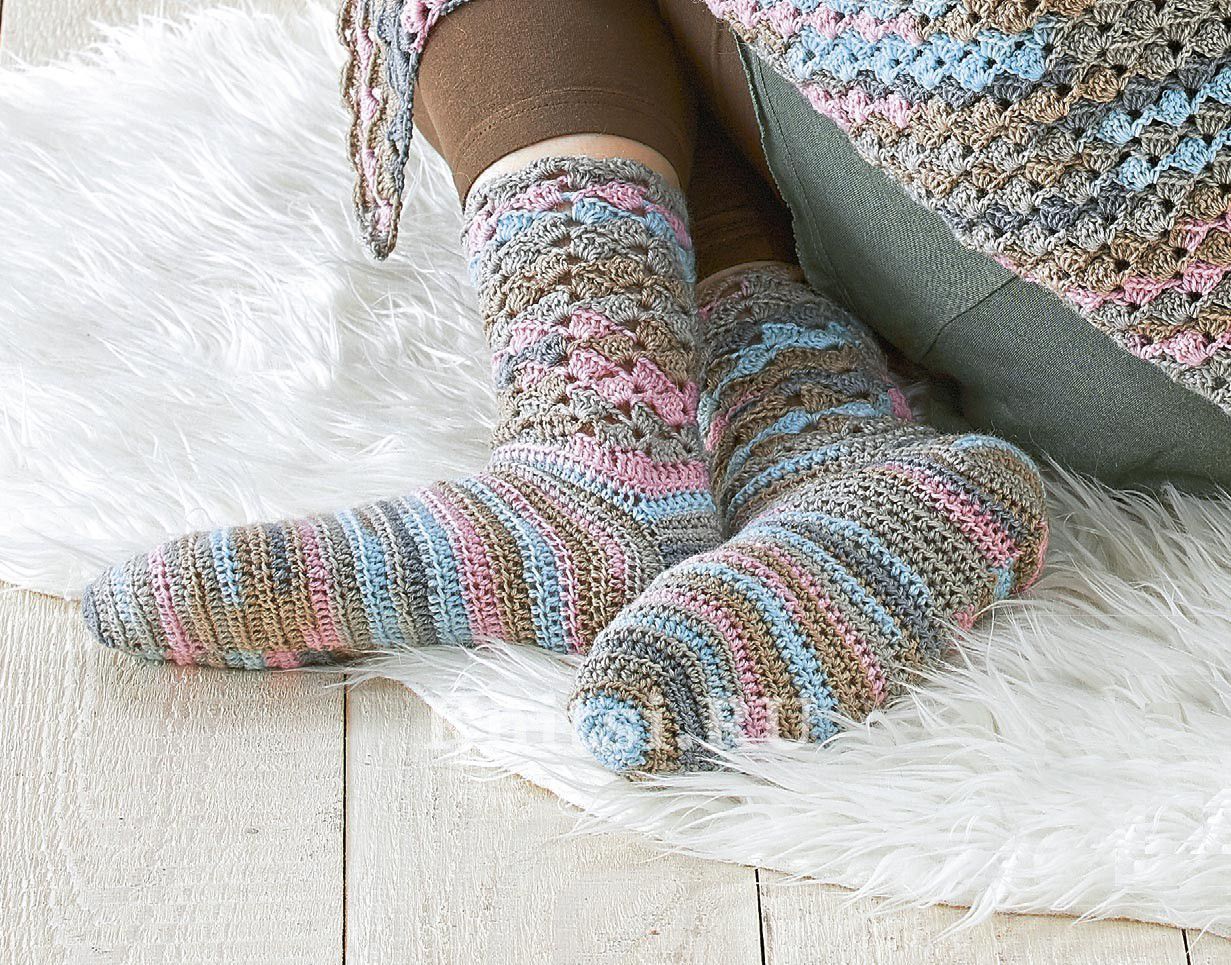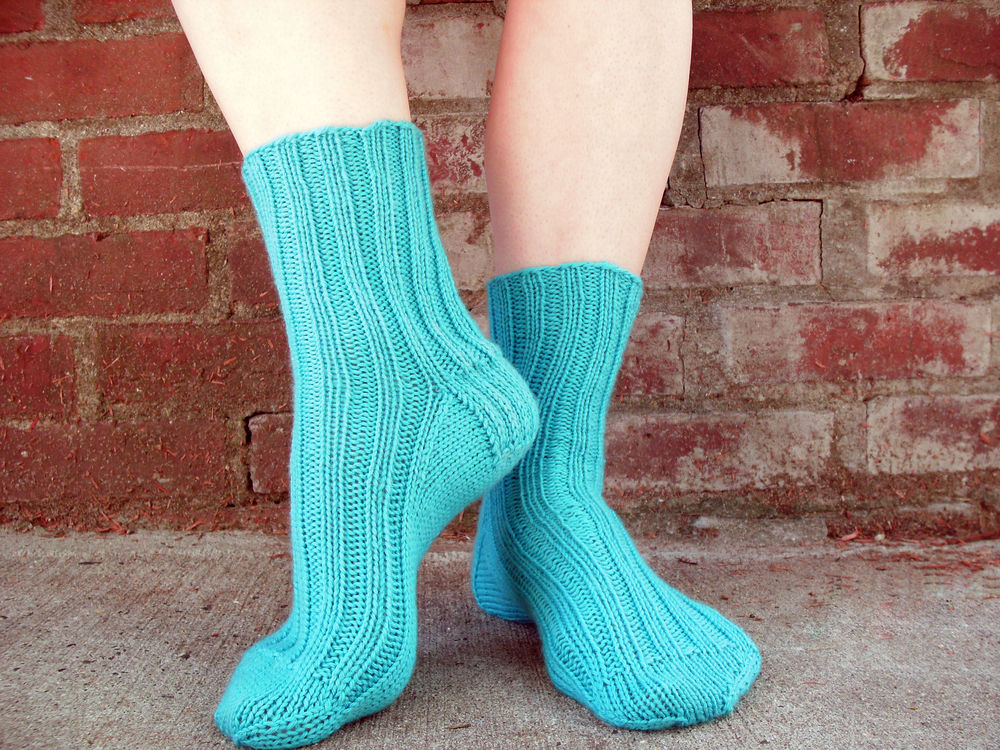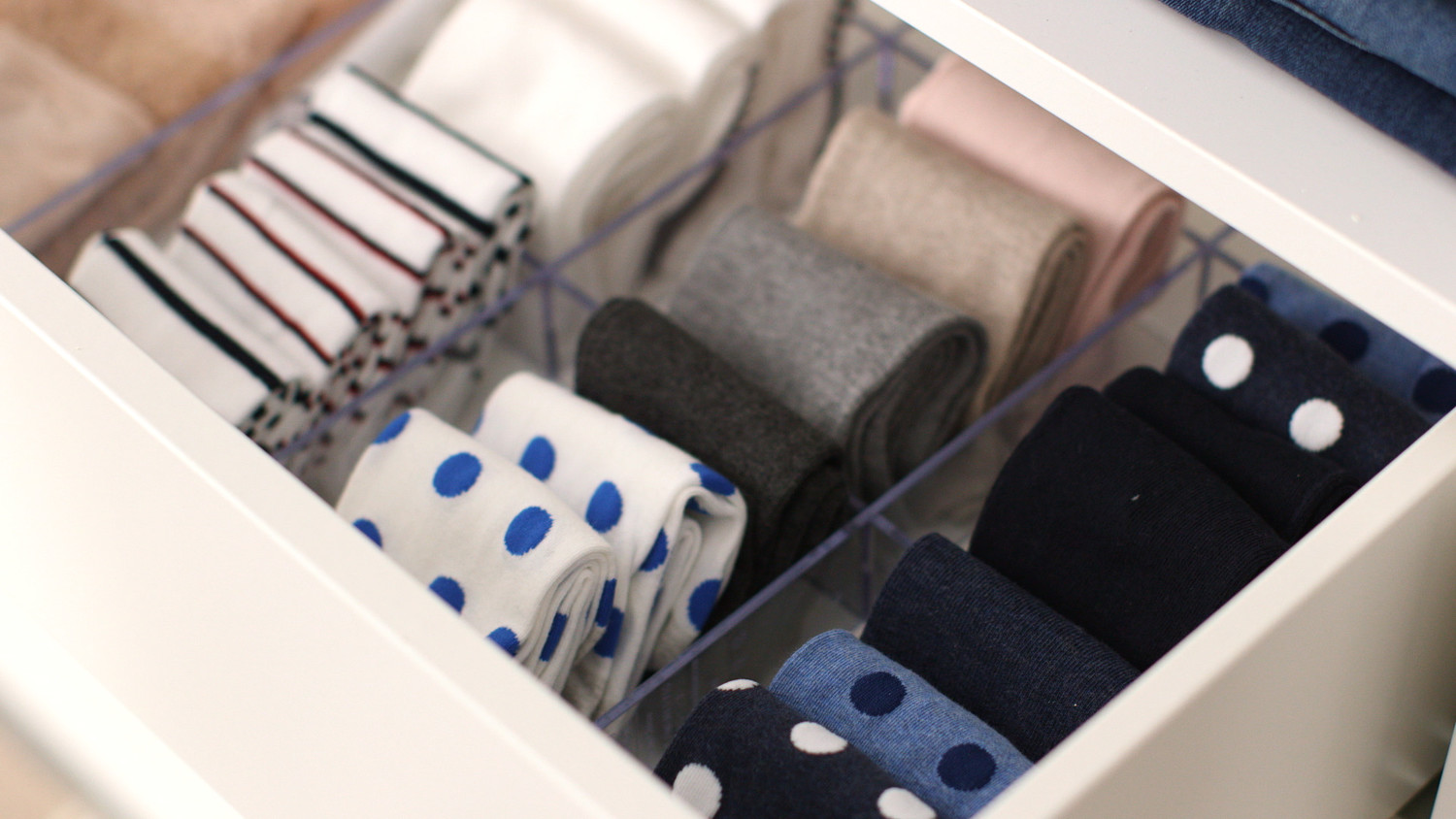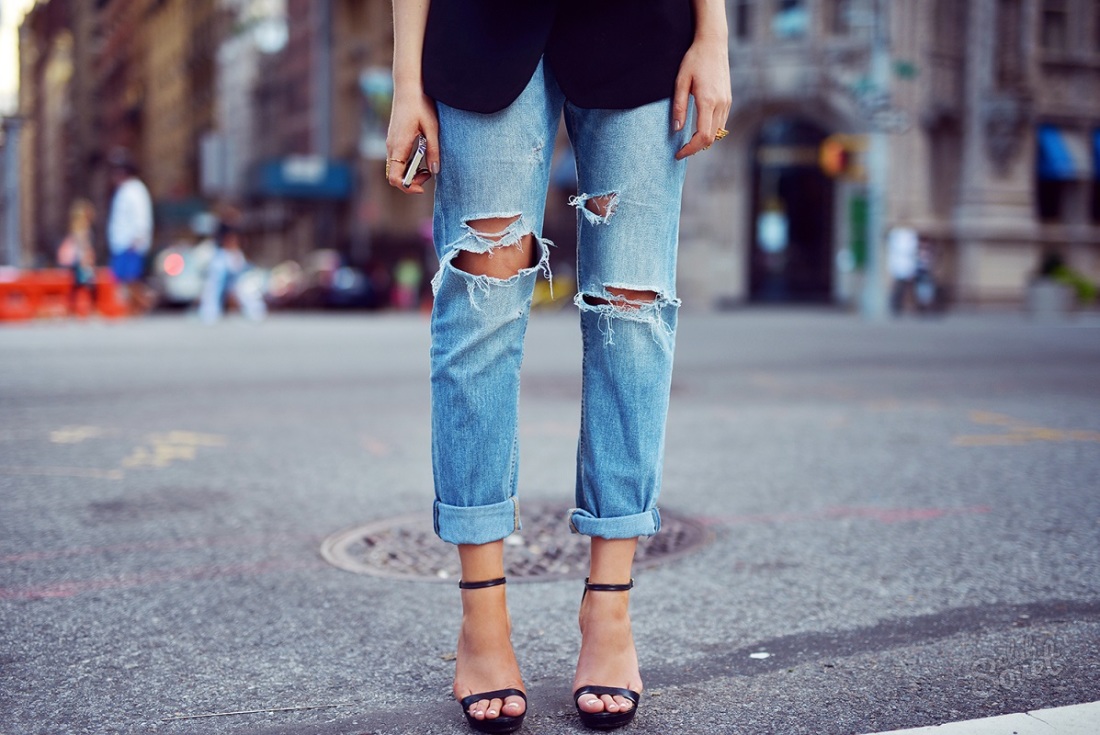Knitted items are considered to be perhaps the most popular in the category of hand-made products. They are surprisingly comfortable, stylish, and have a special energy. At the same time, to create clothes, toys, or shoes from yarn, you need considerable experience, concentration, and perseverance. A novice craftswoman is unlikely to be able to knit a sweater, beret, or cardigan, but knitting socks with knitting needles is a completely feasible task, for the implementation of which you do not need to have special skills. A couple of skeins of yarn, a simple tool, and a few evenings of free time are enough. You can pick up a pattern in magazines or come up with your own pattern. Many needlewomen rightly believe that it is with socks that you should begin your acquaintance with the amazing world of knitting.
Selecting yarn and tools
The choice of raw materials for knitting socks with knitting needles should be approached with the utmost responsibility, because the purpose and durability of the product directly depend on the characteristics of the yarn. The most common and popular types of threads are:
- Mohair is the wool of "golden" goats, very warm, soft, almost weightless. Due to the structure of goat hair, other types of threads are necessarily added to this yarn for strength. Usually the content of natural wool is 45-80%.
- Cashmere is the combed hair of Tibetan goats. One of the most expensive varieties of wool yarn. Knitted cashmere socks are soft and warm. Due to its ability to stretch very much, the wool content should be no more than 30%.
- Angora - rabbit down. The usual content of such wool is 45-75%. It requires careful handling, does not tolerate water, it is better to dry clean things made from it.
- Viscose is made from natural cellulose, it is also called "artificial silk". The yarn has good hygienic properties, it is wear-resistant and smooth.
- Cotton. The best option is mercerized thread, it is stronger, has a characteristic glossy shine, and will make beautiful socks that have a formal look.
Any woolen socks should be made of soft raw materials, if you knit them from a prickly material, the finished products will bring discomfort and irritate the skin. For greater strength, you can add a strong bobbin thread to the wool yarn - cotton or silk. The heel and toe of such a product will be resistant to abrasion.
To make sure the wool is natural, you can set fire to a small piece of thread, it should burn with a characteristic smell. If a stretchy sticky mass remains, a large percentage of artificial fiber has been added to the composition. Cotton burns with the smell of burnt paper.
The appearance of the product, the manufacturing process, and the quality of the fabric also depend on the correct choice of knitting needles for knitting socks. The leaders are metal tools with two pointed tips, which are sold in sets of 5 pieces. They do not bend, and the thread slides easily along them. If you knit socks on 5 knitting needles, you will get a neat seamless product. Bone varieties are rough, bend and have a larger diameter, so working with them is not very comfortable. Circular ones, connected with a thick fishing line, knit wide fabrics, as well as seamless products. Separable knitting needles are very convenient: the fishing line is removed, you can change the numbers or use them separately.
The tools are classified by numbers according to diameter. The knitting descriptions indicate the gauge that must be used to knit a particular item. The thinnest are intended for elegant gloves and blouses. Medium gauges are used to knit socks, mittens, and hats. The largest gauges are used to make sweaters or leg warmers from thick yarn. The gauge is usually chosen according to the thickness of the thread: it must be folded in half and compared with the knitting needle.
The choice does not always depend on the thickness of the yarn. Openwork items and "webs" are knitted with thicker tools. Heels and elastic bands are knitted with knitting needles half a size or a size smaller. Ideally, you should knit a small section of the fabric for testing. If the knitting is elastic, holds the pattern well, the diameter is chosen correctly. Such a "trick" will also help determine the number of loops.
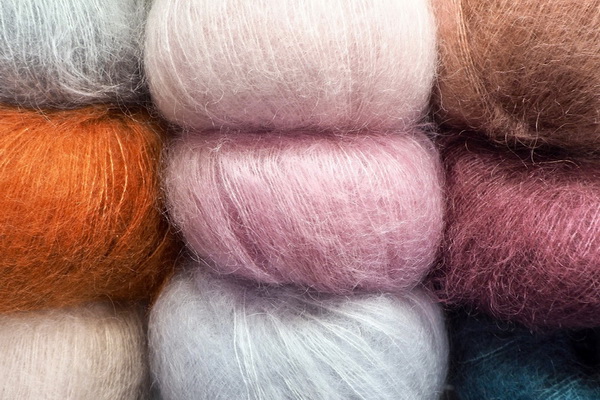

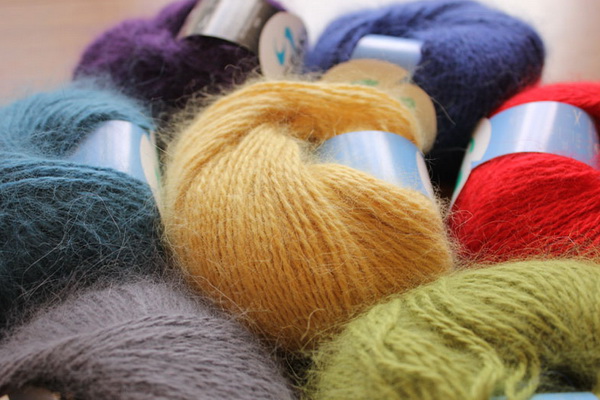
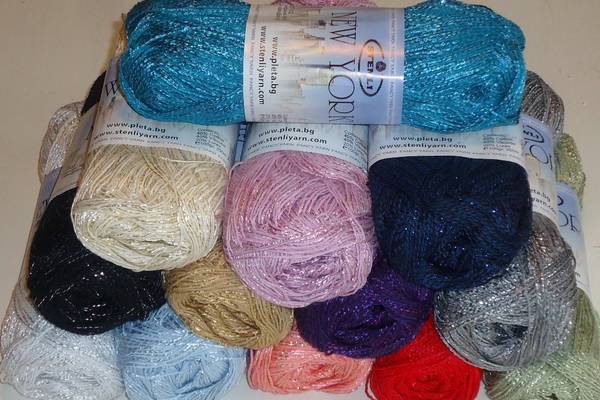

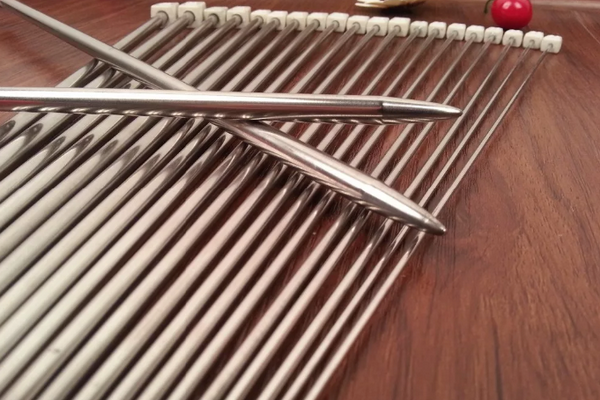
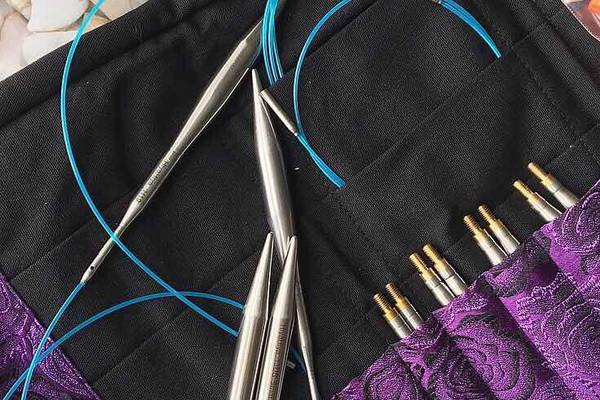

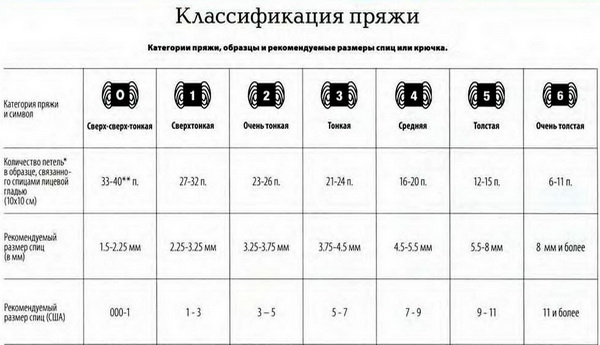
Sizing
When starting to knit socks on 5 knitting needles, you need to take measurements. Take a measuring tape, measure the length of the foot, the circumference at the ankle bone and the instep, the length and width of the toes, the desired height of the product. Next, you should calculate how many loops you need to cast on to knit socks of the desired size.
Foot and ankle circumferences - add and divide in half. For example, you got 21. Then determine how many loops are in one centimeter. To do this, you need to knit a small section with the selected knitting needles and yarn, measure with a ruler. Usually 1 cm is three loops, that is, 3 × 21 = 63. On knitting needles folded in half, you need to dial 64 loops, which are equally divided into four sides built in a well. You can start knitting socks with knitting needles. The height (from the middle of the heel to the end of the cuff) and the length of the foot are measured with a centimeter tape directly on the product. From the starting point of the rise, the loops are reduced to the start of the sock.
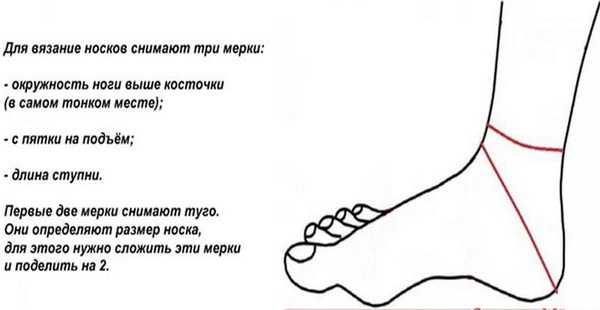

How to decipher the diagram
Schemes are step-by-step algorithms for making a product. Instructions are divided into 3 groups:
- the simplest, without patterns or decorations;
- complex, with different types of loops;
- colored.
Examples of knitting socks with knitting needles for beginners should be chosen not overloaded with elements and monochromatic. Having got the hang of it and gained experience, you can start knitting items with an ornament. The elastic band for monochromatic socks consists of two alternating loops - front and back. Knitting with knitting needles has its own symbols:
- LP - front loop, marked with a white square, “I”;
- ip - purl loop, painted square, cell with black circle, “–”;
- p - one loop;
- нк — yarn over, denoted by “U”, “o”;
- kr — edge loop;
- p - one row;
- spl - crossed front loop;
- sip - crossed purl stitch.
Each pattern comes standard with a description of the work process, a list of the necessary tools and the amount of yarn.
Before starting work, you need to carefully familiarize yourself with the process of making the model. As a rule, knitting socks begins with an elastic band. But there are patterns where the product is made from the toe.
Types of heels
The part that causes the greatest difficulties for beginners when knitting is the heel. But given that there are various options for making this element, choosing the easiest one for yourself will not be difficult. The following types of heels are popular:
- Simple (granny's version). The second and third knitting needles are idle, knit on the first and fourth. First, you need to knit the fabric with a garter stitch, two rows less than the total number of loops on the two working tools. Count a third from them, if the number is not evenly divisible, add the remaining loops to the working one. Knit only it, with a garter stitch, with each new row capturing the outer loops of the remaining two thirds. You get a heel. When the free loops end, knitting continues as before. The number of loops must be brought to the original. To do this, each pass of the row at the junctions of the 1st, 2nd and 4th, 3rd knitting needles, you need to pick up two loops. This is the easiest method of all, suitable for beginners.
- Conical. It is also easy to figure out how to knit socks with a separate heel. The element is knitted last. The place of the future heel is marked with a knitted thread of a contrasting color. Having finished the sock, the heel loops need to be dialed on 4 knitting needles, removing the thread. Knit in a circle with a cone, as on the toe. Knit the remaining eight loops with a thread and hide the tip.
- Round. This heel is knitted on two needles, with stocking stitch knit stitch. The number of rows should correspond to the number of loops on one needle. Finish the row with knit stitch. Divide the work area into three parts and knit the middle, catching the loops left at the edges, one in each pass. Finish with knit stitch. Pick up the edge and knit in a circle, decreasing two loops at a time to the original number.
- Boomerang. The heel is knitted only with knit stitches. If the elastic was patterned, then in two rows you should go to knit stitches on needles 1 and 4, on needles 2 and 3 everything remains as before. Loops on 1, 4 are knitted according to the hourglass principle. The outer ones are decreased by one until a quarter (20–25%) of the original volume remains. This is the middle. Knit two rows in a circle, continuing the pattern started on the set aside needles. Then the loops are added two for each row, while capturing the outer loops of the edge, returning in the opposite direction.
If you managed to knit the heel correctly, all other elements will not cause difficulties. The second sock should be completely identical, so you should carefully count the number of loops and rows.
The best master classes
Numerous master classes tell how to knit socks with knitting needles for beginners. There are instructions for beginners who have just picked up knitting needles and are taking their first steps. If you have experience, you can make socks with a pattern with knitting needles using multi-colored threads.
Simple model for beginners
You will need 200 g of yarn, it should be woolen thread with acrylic, and 5 knitting needles No. 3. Making socks with garter stitch for beginners step by step looks like this:
- Use a soft tape measure to measure your foot and write it down.
- Measure the volume of the foot at its widest point, multiply by 1.4–2 depending on the thickness of the thread: the thicker it is, the smaller the number taken. The final sum will be the number of loops.
- The top is knitted simply with 2 knit stitches and 2 ip stitches of the calculated length. If in doubt, it is necessary to try it on.
- The heel is made on 1 and 4 knitting needles, the fabric is knitted with straight and purl loops, the length is 6–9 cm depending on the size.
- The third part is knitted for the heel, adding edge loops on each row.
- Then work with the satin stitch, picking up one edge of the heel.
- Then continue knitting in a circle, decreasing the number of loops to the original number.
- Knit with a continuous smooth fabric until the end of the little finger. At the beginning, decrease one loop on the 1st and 3rd needles, and at the end, 2nd and 4th needles, knit two loops together.
- When the loops are reduced by half, the decrease occurs in each pass. The remaining 8 loops are secured with a thread, and the end is hidden.
Socks on 5 knitting needles for beginners can also be knitted with a simple cuff 1 knit stitch, 1 ip, then with stocking stitch knit stitch.
With an openwork pattern
Patterned socks look like an expensive, exclusive product. For work, take 180 g of soft white yarn and knitting needles No. 4. In order to make openwork women's socks, you need:
- knit two rows;
- then 1 row - 1 knit stitch, nk, 2 knit stitches together, nk, 2 knit stitches together, 2 ip, 4 knit stitches;
- then even numbers - only IP;
- 3, 4 p - 2 rows knit, 1 knit, nk, 2 sts together knit, nk, 2 sts together knit, 2 ip, remove 1 st to an additional knitting needle, knit 1 st, put on 1 loop again, repeat;
- Rows 5–9 are similar to 1;
- 11 rows - 2 ip, 1 knit, nk, 2 ip together knit, nk, 2 ip together knit, 1 ip, 5 knit;
- 13 rows - 2 ip, 5 knit, 1 ip, 2 sts together knit, nk, 2 sts together knit, nk, 1 knit;
- 14 row - 2 ip, remove 1 st onto an additional needle, knit 1 st, put on 1 loop again twice, 2 ip, 2 sts together knitwise, nk, 2 sts together knitwise, nk, 1 kp;
- 16 rows - 2 ip, 4 knit, 2 ip, 2 p together knit, nk, 2 p together knit, nk, 1 knit;
- 18 p - similar to the fourteenth;
- 20, 22 rows - 2 ip, 4 knit, 2 ip, 2 p together knit, nk, 2 p together knit, nk, 1 knit;
- decrease one loop in the 1st row;
- the second scheme - all odd - ip;
- rows 2, 6, 10, 12 - 2 ip, 4 lp and so on;
- rows 4, 8 - 2 ip, remove 1 st to another needle, 1 st, put on 1 loop again, repeat and so on;
- the heel is knitted with 1/3 stitches on 1 and 4 needles, in a straight pattern;
- having finished the heel, the sole is knitted on 1 and 4 knit stitches, and the upper part is knitted on 2 and 3 stitches according to pattern No. 2;
- as soon as the fabric covers the little toe, divide the knitting in half, decrease 4 sts, and pull the remaining 6 sts together with a thread, hide the end.
For socks with patterns, the yarn should be thin and strong. The products look beautiful and elegant, they can even be used as a gift to relatives or friends.
Children's with oblique elastic band
Things knitted by mother's hands carry positive energy for the baby. Children's socks are a great opportunity to please your miracle. The oblique elastic fits the leg perfectly, it is elastic and does not press. You will need 5 knitting needles and 70 g of bright, high-quality yarn. Manufacturing algorithm:
- cast on the number of loops according to the size of the leg, it should be a multiple of 3 plus 2 sts for the edge;
- 1 row - 3 knit stitches and 3 ip stitches;
- then the even ones are knitted identically to the previous one;
- 3rd row - 1 sp, 3 sp, 3 sp, 3 sp, 2 sp;
- 5th row - 2 sp, 3 sp, 3 sp, 3 sp, 1 sp;
- Row 7 - 3 ip, 3 lp;
- 9 row - 1 LP, 3 SP, 3 LP, 3 SP, 2 LP;
- 11 row - 2 LP, 3 SP, 3 LP, 3 SP, 1 LP;
- Row 13 - same as 1 and then repeat.
The heel is knitted with knit stitch on needles 1 and 4. The rest of the product is made with satin stitch. On the toe, starting from the instep point, the loops are gradually reduced. The two remaining loops are pulled together and secured, the end of the thread is hidden. The pattern is simple, and the finished socks look elegant.
On two needles
Even if you work with two knitting needles, the socks, short and long, still turn out to be of excellent quality. You need to take 2 knitting needles and 150 g of yarn. Step-by-step knitting looks like this:
- Work begins with the back panel. It is necessary to dial exactly half of the required loops. Elastic band according to the scheme 2 x 2 - 5 cm.
- 4 rows - knit.
- To form the heel, remove every 2, 3 and two edge loops. When half is left, knit the last ones together with the edge loops.
- Sole - lp. On the toe, decrease the number to eight again, then turn back. Add loops, connecting the outer ones with the edge ones to form the toe of the product. Then knit the upper fabric to the end, connecting the rows with the edge ones.
The result is a product with two neat stripes along the edges, which are perceived as part of the original ornament. If you add a braid or leaves, the sock will look even more organic. Knitting such patterns with knitting needles is quite difficult, but the finished socks are not shameful to present as a gift.
With a pattern
Knitting men's socks with a beautiful rib pattern is done according to a fairly simple pattern. You will need to take 5 knitting needles, 250 grams of wool with acrylic. The order of actions:
- 1 row - 3 lp, 2 lpps (lp is knitted not through the back side of the loop, but from under the front one), nk, 1 lp;
- 2 r - 2 LP, 2 LPPS, NK, 2 LP;
- 3 r - 1 LP, 2 LPPS, NK, 3 LP;
- 4 r - 2 lpps, nc, 4 lp;
- 5 p - 1 lp, nk, 2 lpps between loops, 3 lp;
- 6 p - 2 lp, nk, 2 lpps between loops, 2 lp;
- 7 p - 3 lp, nk, 2 lpps between loops, 1 lp;
- 8 rows - 4 lp, nk, 2 lpps between loops.
Then knit as usual - with the front surface. The heel is straight, it is advisable to strengthen it with an additional bobbin thread.
Socks are practical items that are in demand in everyday life. And those knitted with your own hands are doubly valuable. However, do not forget about the correct choice of yarn, tool for work and pattern that will match the existing skills.
Video


